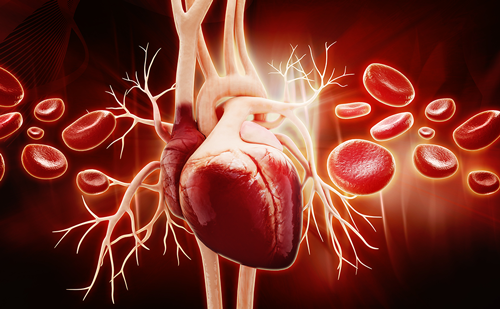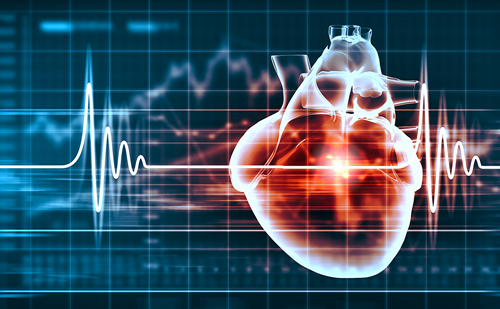In vitro tolerance of mononitrates and effects on aggregation of blood platelets
Abstract:
Overview
Long-term therapy with organic nitrates is frequently associated with a progressive reduction of hemodynamic effects (nitrate tolerance) (4-7). This induces a major limitation in terms of efficacy on nitrate therapy for myocardial infarction, stable angina and congestive heart failure. Recent studies have demonstrated that the development of in vitro tolerance is mainly, and quickly, induced by nitrates with high potency type and depends on the number of nitrate groups present on the molecule, pentaerythritol tetranitrate (PETN) or glyceryl trinitrate (GTN) are more potent than mononitrates (isosorbide-5-mononitrate (IS-5-MN) and isosorbide-2- mononitrate (IS-2-MN)). Mononitrates have been used for many years in cardiovascular therapy and they demonstrate a very interesting profile for better pharmacokinetic parameters in respect of the old nitrates. In delivering the exogenous nitric oxide (NO), they are an attractive therapeutic option, particularly with a view to slowing the progression of atherosclerosis and reducing the risk of thrombosis. The multiple actions of nitrates are the summarized inhibition of vascular smooth muscle cells (VSMCs) and migration, limiting the development of the complex plaque, inhibition of platelet activation, aggregation and adhesion to the area of endothelial damage, reducing the extent of thrombosis. In this study, the mononitrates induced tolerance in vitro as documented for other nitrates but to a lesser degree. The antiplatelet effects were demonstrated to be greater with IS-2-MN than IS-5-MN. Although the mononitrates induced tolerance, it has been demonstrated that the anti-aggregatory effects are not reduced after chronic treatment, and this is an important factor in protecting the ischemic patient from cardiac injury and the high risk of thrombosis in acute coronary syndrome. (Heart International 2007; 3: 122-8)
Keywords
Nitrate tolerance, Platelet aggregation, Isosorbide-5-mononitrate, Isosorbide-2- mononitrate, Aortic rings, Nitric oxide
Article:
Article Information:
Correspondence
Dr. Enrico Lampa, Department of Experimental Medicine, Section of Pharmacology “Leonardo Donatelli”, Second University of Naples, 80100 Naples – Italy, enrico.lampa@unina2.it







